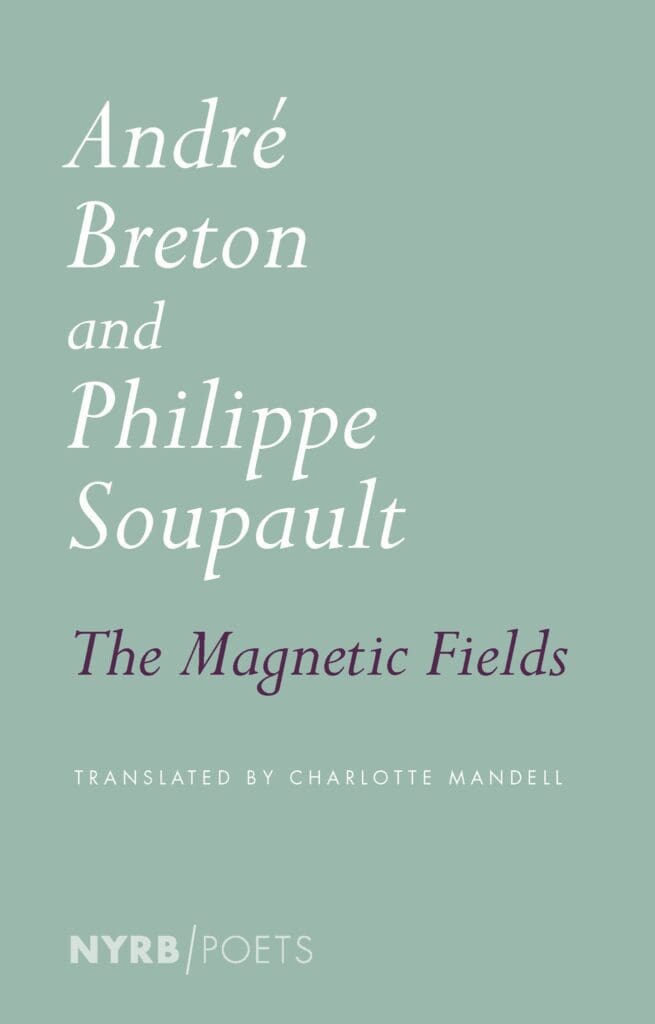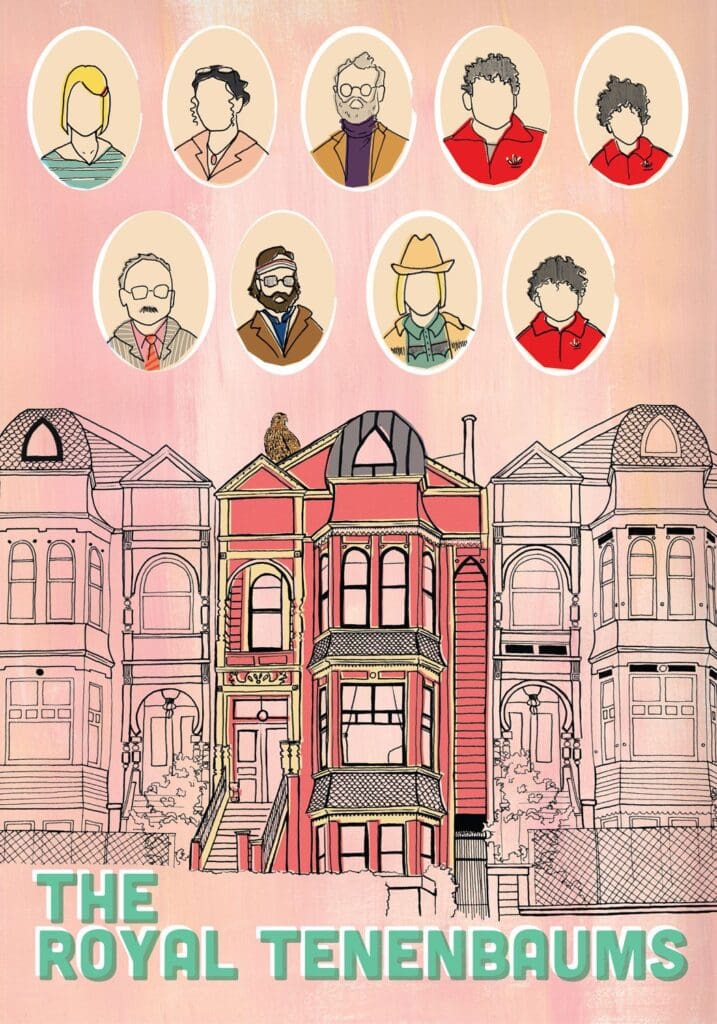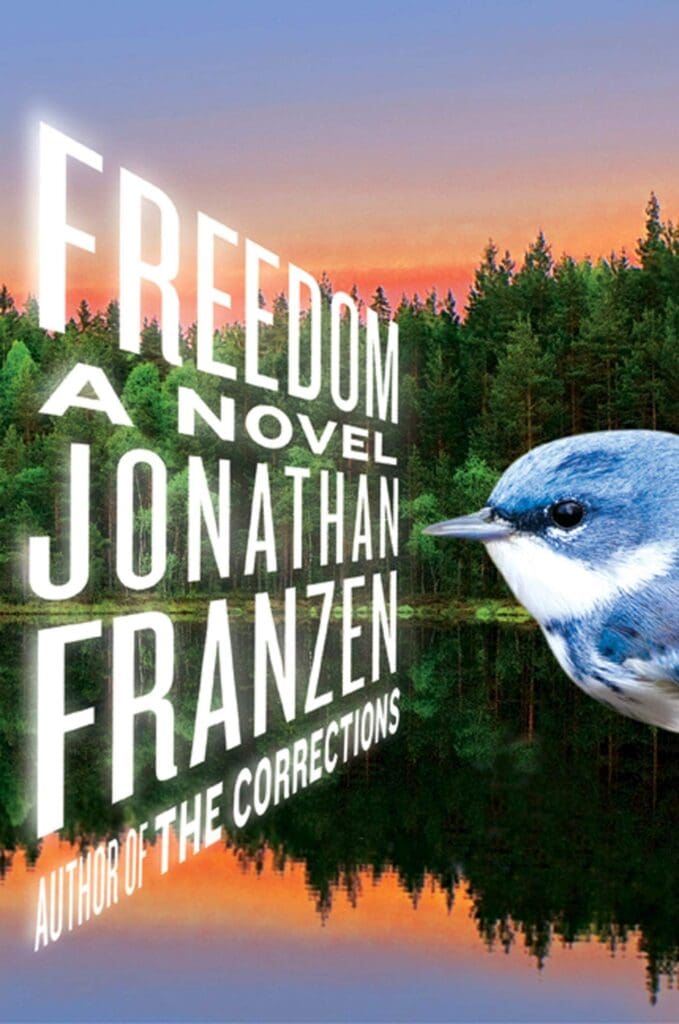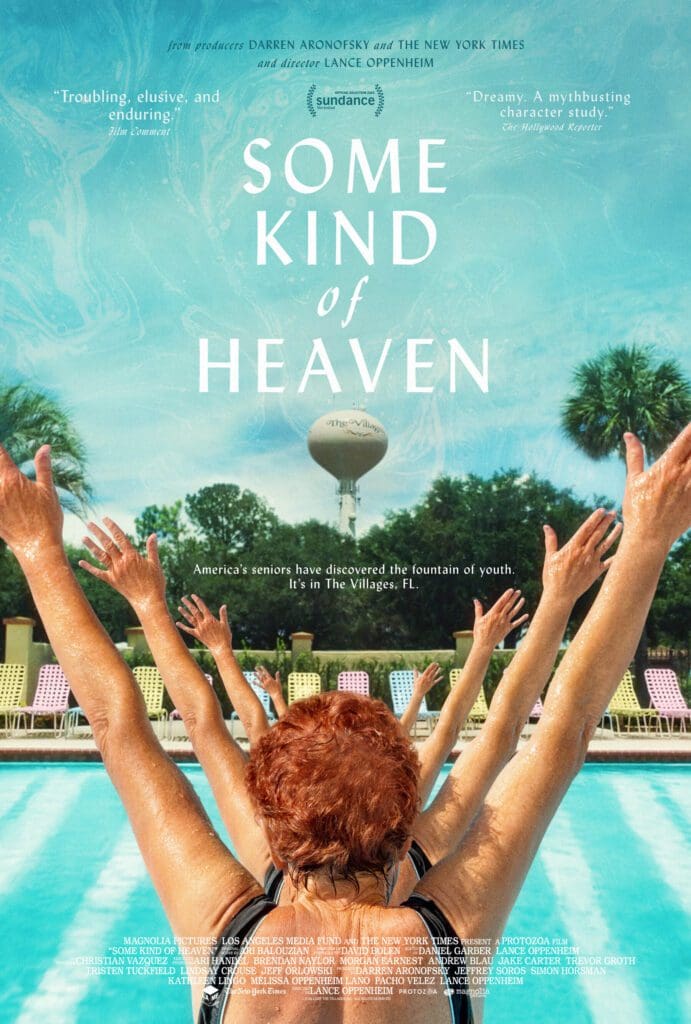A new year means new media! So let’s leave 2020 in the rearview and look ahead to this year’s round of books to read, films to watch, and other content to enjoy. With that in mind, we present January’s round of Staff Recommends:

Lily Nilipour, Intern: For me, reading Andre Breton’s work always feels like living in a dream. Such is the space he and his co-author Philippe Soupault create in The Magnetic Fields, newly translated into English by Charlotte Mandell. People, sounds, and objects float murkily by, a bit languidly, but are then gone in a moment. Like the titular “magnetic fields,” things circulate toward and away from unseen points of attraction and repellence.
The Magnetic Fields is a short prose-poetry text written by Breton and Soupault with the Surrealist technique of “automatic writing.” In 1919, the two authors gave themselves a week to write without editing, and the end of each section in the book marks the end of each day they wrote. The result is a work imbued with a pervading ghostliness, in which it feels like everything has lost some part of itself: “The nocturnes of dead musicians lull cities forever asleep.”
Much of the book’s hauntingly strange yet beautiful language feels particularly apt for our present. For Breton and Soupault, Modernity is a force that speeds life up so quickly that it is almost like an early death; it forces us into dark crevices and renders us empty. Cities become mausoleums, and “the street is nothing but a deserted road.” Man is a shell of a whole who “tries to find out what he has become since his death.” Even the very act of automatic writing emulates this frantic desire to simply speak, even if the words and images are nonsensical on the first read. But in this way The Magnetic Fields offers hope, too—beneath this mysterious language lies a pulse of humanity that comes from deep within the earth, a sort of somnambulist drive to continue to live.

Corinne Leong, Intern: I am a Wes Anderson skeptic. While my inner aesthete appreciates his symmetrical wide shots and candied color palettes, I slept through the latter half of Moonrise Kingdom and finished The Darjeeling Limited with a vague sense of satisfaction but also the sense it could have just as easily been a twenty-minute short. However, The Royal Tenenbaums, his third film, is something of a standout.
The Royal Tenenbaums is the epitome of a feel-good movie. It perfectly blends humor with heart, while incorporating Anderson’s signature visual style and surrealism. The premise is simple: a deadbeat father walks out on his three gifted children, returning only twenty years later (after being disbarred and kicked out of his bachelor pad) with the news that he is dying and wants to make amends.
Much of the film’s joy comes from its sheer absurdity, all taken in stride by the universe Anderson has so meticulously crafted. Chas, one of the three Tenenbaum children, is a wealthy business mogul and real estate agent by his early teens, getting his start by mass-breeding spotted mice to sell to pet shops. His adopted sister Margot is a playwright who wins a $50,000 arts grant at age fourteen. Half of her left ring finger is missing, and a jointless wooden prosthetic sits in its place. There are pet falcons, an abundance of red Adidas tracksuits, and Owen Wilson.
I can’t neglect to mention the movie’s stunning cinematography. With any Wes Anderson film, visuals are as vital to the storytelling as any aspect of the plot or dialogue. The Royal Tenenbaums is a delight to watch, resembling a watercolor in motion. Anderson incorporates into every scene endless reds, oranges, and yellows that infuse the film with a perpetual warmth. And that is what you’re sure to feel after watching The Royal Tenenbaums: warm, weightless, and less alone.

Colton Alstatt, Intern: Being an avid annotator, I realize which books are my favorite when the prose is barely visible through extraneous black ink. My newest vandalized darling is Jonathan Franzen’s Freedom. In my copy, markings commend Franzen’s keen understanding of people—their odd behaviors, their rarely vocalized but near universal thoughts, which feel as though they should be un-transcribable, at least with such clarity and accuracy. Petty things, intrusive ideas, self-conscious or self-defeating urges, the barely articulable workings of the unconscious mind, and the ineffable that can only be expressed in bizarre and contradictory action. Action that results in the novel’s page-turning plot, which moves forward while constantly looking back, as all humans do, referencing the same events while evoking different consequences from altered recollecting headspaces.
If the point of fiction, by inhabiting the mind and emotional frame of a stranger, as Franzen and his late friend David Foster Wallace agreed, is to make the reader feel less lonely, Freedom is a room full of your closest friends. There is Patty, a housewife and former star college athlete, who reflects on a life of sexual violence, possessive love intense enough to scare off her son, and self-sabotaging, affair-inducing apathy; Joey, a strong-willed and cool-headed college freshman whose giftedness does not make him immune to the pervasive anxieties of a twenty-first century teen; and Walter, a husband struggling with professional and personal goodness, competitive to a fault with his older-brother-like best friend, Richard, a cool and handsome musician with odd ideas for what constitutes goodness. How they interact is American and human and all things we seek in a great novel, which Freedom surely is.

Zack Ravas, Editorial Assistant: Just last month I was extolling the merits of rough-around-the-edges documentaries, ones that possess a compelling subject matter but don’t necessarily offer the polish (or adequate sound recording) you might expect from a major production. Some Kind of Heaven is not that type of film—produced by Darren Aronofsky and The New York Times, it is quite possibly the most aesthetic documentary I’ve seen, with the heightened color grading, careful shot composition, and revealing close-ups you’d expect in a narrative film. Set in The Villages, Florida, the film is as resplendent to look at as Sean Baker’s The Florida Project or Harmony Korine’s Beach Bum…it just so happens to be a documentary about the largest retirement community in the world. It also represents the debut feature for 25 year-old filmmaker Lance Oppenheim, which officially makes him some kind of wunderkind.
Lest all this discussion of Some Kind of Heaven’s surface pleasures make it seem as though its topic isn’t as interesting as its visuals, let’s circle back to that statement: this is a documentary about the largest retirement community in the world. Rather than try to take a broad view of The Villages, which is considered one of the fastest growing cities in the country, Oppenheim wisely focuses on four individuals and their personal experiences in The Villages. What’s more fascinating is that these residents don’t seem to buy into the advertised image of The Villages as “Disneyland for retirees”; they suffer from discontentment, loneliness, and mental illness just the same, despite the countless distractions at their disposal (seriously, this place has everything from martial arts lessons to a bowling alley to a Jimmy Buffet fan club and beyond).
There’s the woman who moved into the Villages to enjoy retirement with her husband only to find herself unexpectedly a widow; the long-suffering wife who must contend with her husband’s bouts of mental instability and his use of psychedelic drugs; and the 82 year-old lothario who patrols the Villages in his van in the hopes of finding a “rich widow” to take care of him for the rest of the days. Even with a short runtime, one can’t help but become invested in the fate of this small sampling of the Villages’ population; their misfortunes are painful to watch at times, but we also revel in their small moments of joy, like finding acceptance on the dance floor or taking the steps to repair a relationship that still has its communication issues after sixty years. Oppenheimer’s film does the great work of humanizing the elderly, reminding us that life’s struggles (and passions) persist even at the age when those younger than you assume you’ve got it all figured out.
